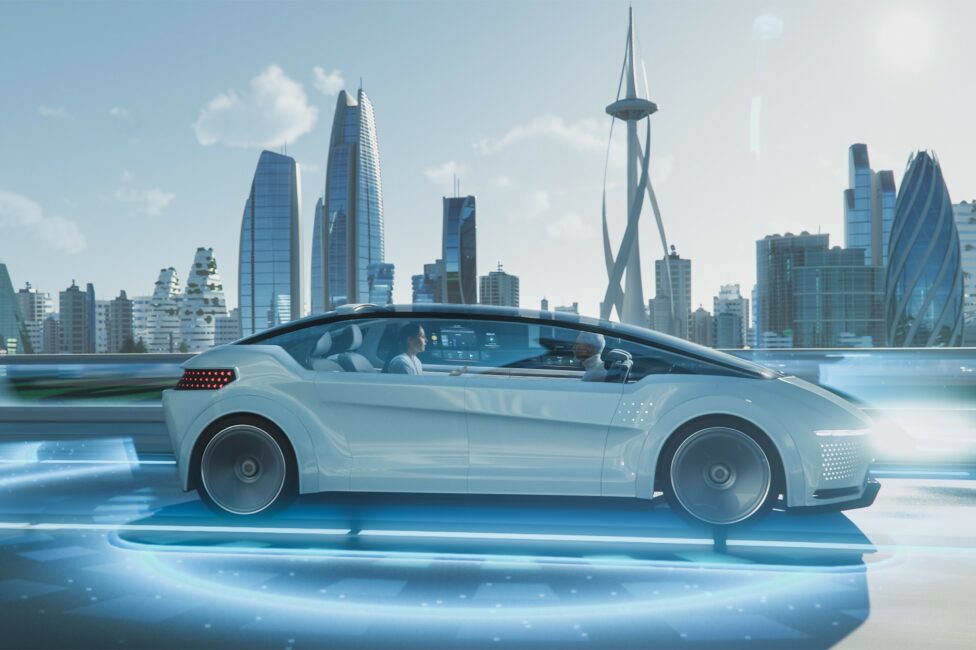How an increase in self-driving cars could harm the environment

This research determined that, in absolute terms, if a billion autonomous vehicles were to be on the road one day, each driving for just one hour a day with an on-board computer consuming the equivalent of 840 watts, the entire activity could generate as much CO2 emissions as all the data centers operating in the world. Currently data centers contribute about 0.3% of global greenhouse gas emissions, or as much as a country like Argentina, according to the International Energy Agency (IEA).
The researchers envisioned a model based on a scenario where 95% of the world’s vehicle fleet has become fully autonomous by 2050. This scenario also takes into account advances in computing and the ongoing decarbonization of industry. Nevertheless, the authors behind this study agree that there are still many grey areas, as most of these variables still contain a lot of uncertainty, especially in the long term. For example, it is difficult to predict whether the average time spent within a vehicle will increase because people will be busy with different tasks (other than driving) or whether it will decrease because the algorithms will optimize the duration of trips. Not to mention that the researchers had to envision the energy consumption of advanced computer software that doesn’t even exist yet.
In their work, they indicate that an autonomous vehicle equipped with 10 deep neural networks processing images from 10 cameras makes some 21.6 million different inferences in one hour. If we were to consider one billion vehicles worldwide, this would be equivalent to 21.6 quadrillion operations! To put that in perspective, all of Facebook’s data centers around the world ‘only’ make a few trillion different inferences each day.
In conclusion, the researchers determined that to prevent emissions from “spiraling out of control,” each autonomous vehicle will need to consume less than 1.2 kW of energy for computing by 2050 and that hardware must become more efficient “at a faster pace.”
While it’s important to keep in mind that all these figures are hypothetical, the risk of overconsumption related to the widespread adoption of autonomous vehicles should not be ignored.














